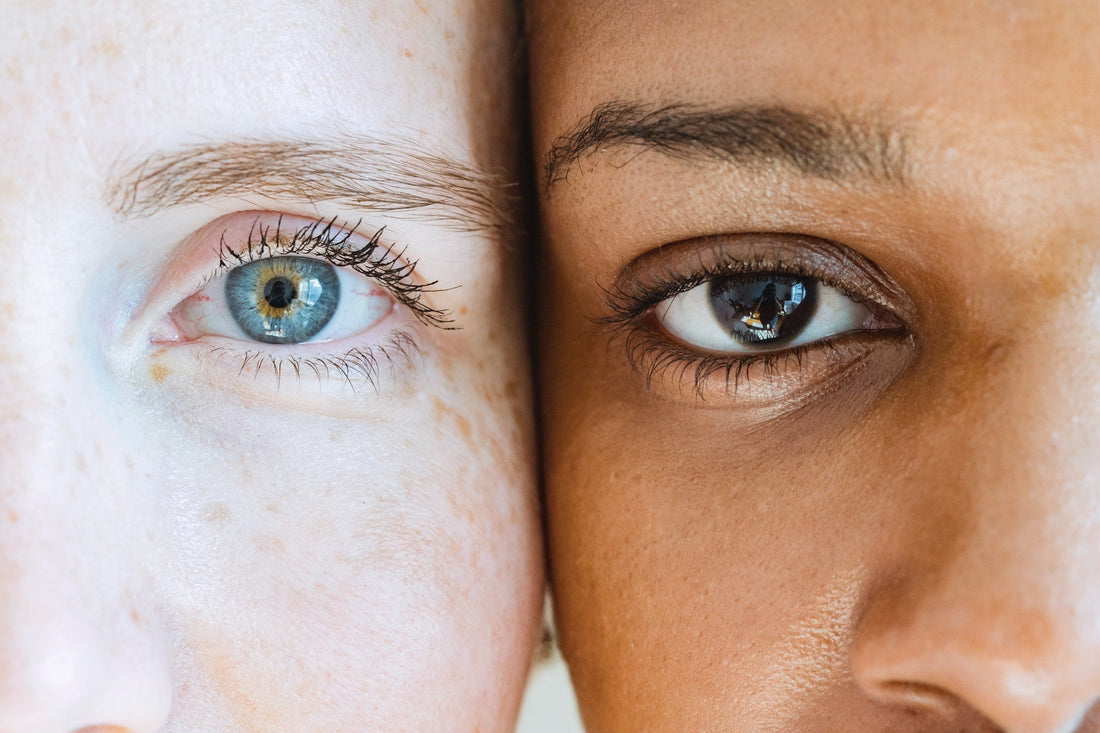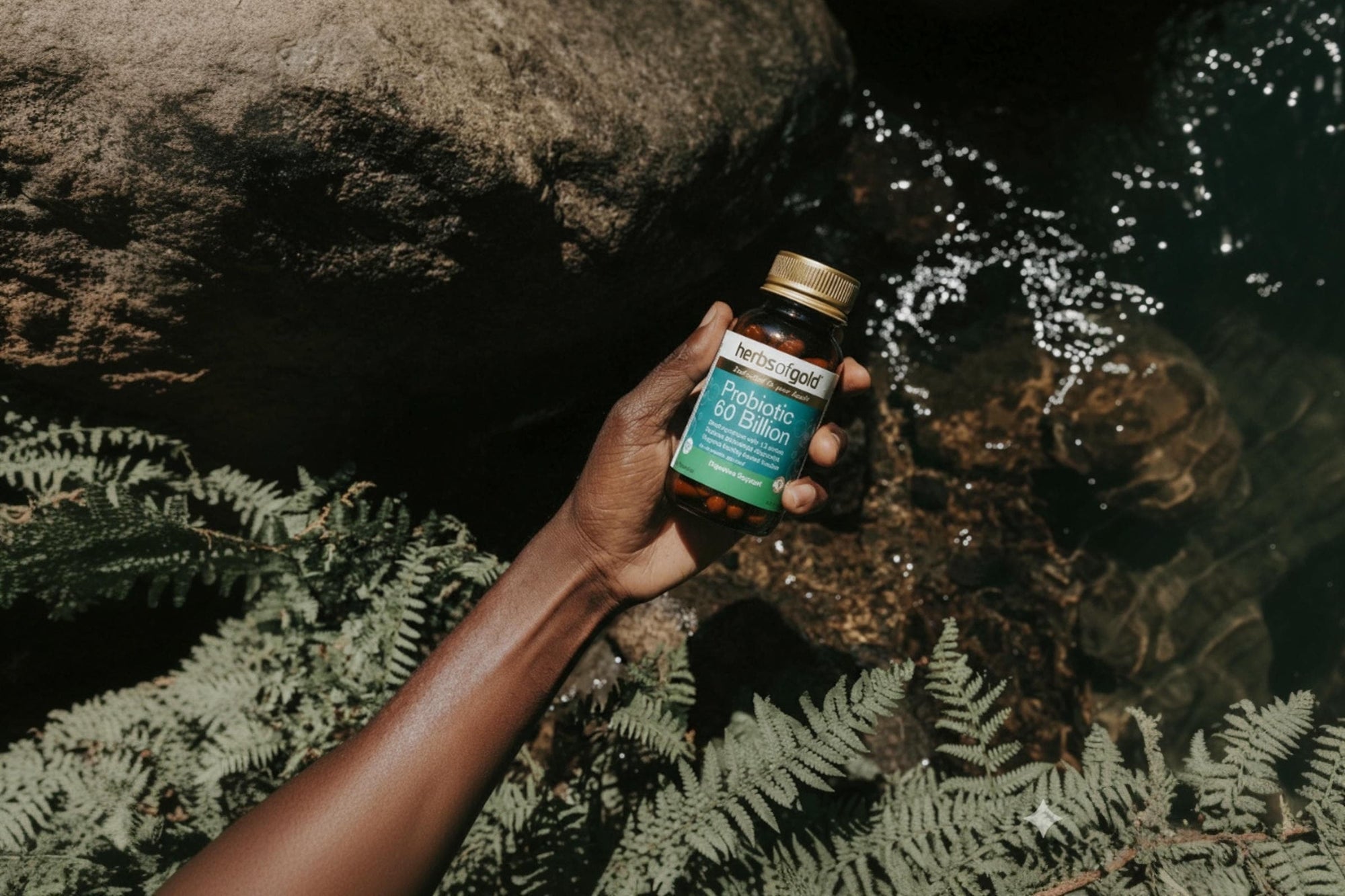
Lutein and zeaxanthin: important eye pigments
Share
The retina
The retina is the sensory portion of your eye and contains layers of photoreceptors, the optic nerve and the macula:
- Photoreceptors - rods are a particular type of photoreceptor, located near the edges of the retina, which are responsible for peripheral and night vision. Rods contain a visual pigment called rhodopsin which ‘bleach’ when light strikes them, and pigment regeneration is important to help protect the delicate photoreceptors and maintain healthy vision. Cones are photoreceptors that are located more centrally in the retina and are responsible for day and colour vision. Together, rods and cones allow you to see in varying light conditions and different colours.
- Optic nerve - The optic nerve, also known as cranial nerve II, transmits visual messages from the retina to the brain for interpretation into an image.
- The macula – often referred to as the ‘yellow spot’, is a small area within the retina that is responsible for central vision and visual acuity.
Lutein and zeaxanthin
Lutein and zeaxanthin are yellow-coloured pigments, or xanthophyll carotenoids, which are not converted by the body into vitamin A. The macula contains high concentrations of lutein and zeaxanthin which are responsible for the characteristic yellow colour of the macula. Lutein is more prominent at the edges of the retina and in the rods, while zeaxanthin is primarily concentrated in the centre of the retina and in the cones. A ratio of 5:1 lutein: zeaxanthin reflects both serum and dietary ratios of these carotenoids.
Eye benefits of lutein and zeaxanthin:
- Provide antioxidant activity to reduce free radicals formed in the body
- Support eye health and healthy eye function
- Assist eye adaption to variations in light intensity and night vision
- Maintain eye macula and retina health
- Support healthy eyesight and vision
- Help to temporarily relieve light sensitivity
Source of lutein and zeaxanthin
You can find lutein and zeaxanthin in certain foods such as beans, peas, corn, kale, broccoli, spinach and eggs, and in some specialised eye health supplements.
See Macu-Guard.
